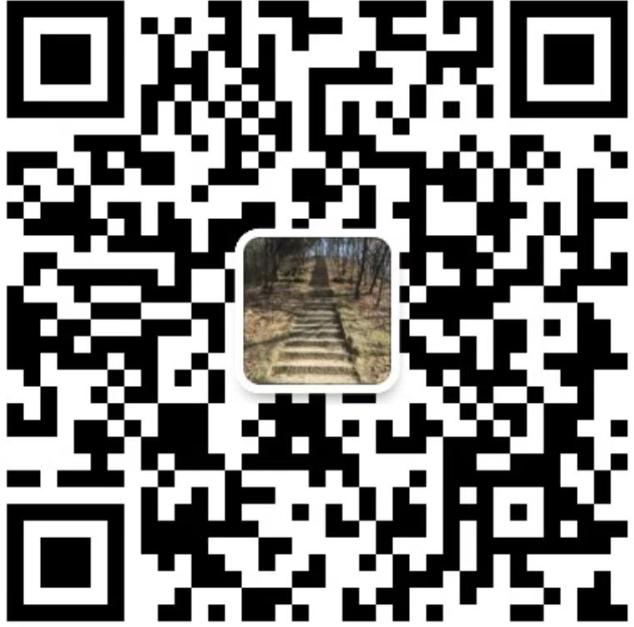The application scope of the first generation of automotive wheel hub bearings
seo:http://en.xcwlbearing.com/news1072505.html date:2025/5/10 10:24:00
The first generation wheel hub bearing was the mainstream technology solution from the 1960s to the early 1980s, which laid the technical foundation for modern wheel hub bearings through a split structure and double row angular contact ball bearing design. The following systematically elaborates on its application scope and historical significance from four aspects: structural characteristics, application scenarios, technological limitations, and industrial value.
1、 The core structure and working principle of the first generation wheel hub bearings
Split type dual bearing combination: consisting of an outer ring, an inner ring, double row steel balls, and a retaining structure. The bearing outer ring is connected to the hub flange and steering knuckle (or suspension swing arm) respectively through bolts, forming a "bearing+bolt fixed" separated structure.
Typical parameters: Size range: Outer diameter 100-200mm (suitable for vehicle models with axle loads of 0.5-2 tons)
Rated dynamic load: 30-80kN (meets the light load requirements of passenger cars)
Extreme speed: ≤ 3000r/min (matching maximum speed of 180km/h)
Lubrication and sealing scheme lubrication method: filled with lithium grease, requiring regular maintenance (replenishing grease every 50000 kilometers).
Sealing design: Double lip rubber sealing ring+dust cover, protection level IP66 (only dustproof and splash proof, unable to cope with water immersion conditions).
2、 The main application areas of the first generation wheel hub bearings
Representative models of the economy passenger car market include Toyota Corolla (1966-1980), Volkswagen Golf (1974-1983), Ford Escort (1968-1981), etc.
Application features: Suitable for non drive wheels of front wheel drive vehicles (FF layout), axle load ≤ 1.2 tons, with a lifespan target of 80000 to 100000 kilometers.
Significant cost advantage: The price of a single set of bearings is 40% lower than the second-generation integrated solution, and the maintenance convenience is high (the outer or inner ring can be replaced separately).
Typical scenario in the field of light commercial vehicles: Japanese light trucks (such as early models of Isuzu ELF): rear wheel twin tire configuration, single bearing carrying 1.5 tons, and bearing clearance needs to be checked every 30000 kilometers.
European vans (such as the first generation of Renault Trafic): The front wheel drive wheel hub bearings need to withstand the combined load of steering and driving, and the failure rate is 30% higher than that of non drive wheels.
Special vehicle modification case: Early RV modification: A self-propelled C-type RV based on a truck chassis, which achieves a single wheel load of 3 tons by connecting double first generation bearings (axial preload adjustment) in series.
Agricultural machinery: The steering axle wheel hub bearings of combine harvesters need to cope with high dust environments, with an average lifespan shortened to 50000 kilometers.


 CN
CN





